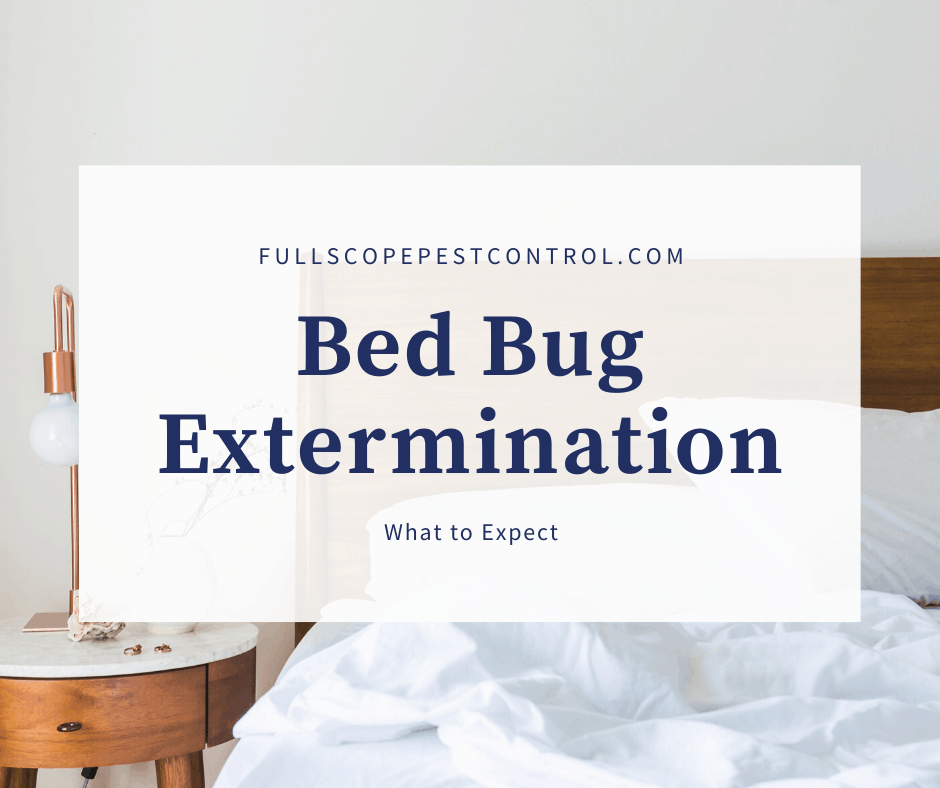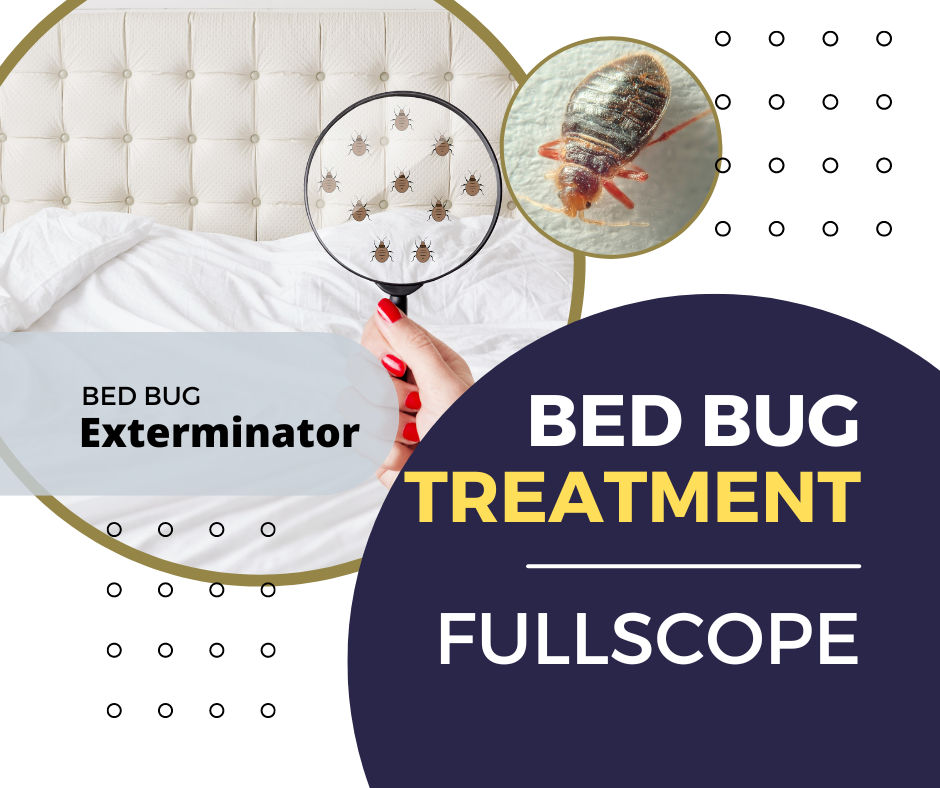Top Rated Pest Control Company in Arlington: Your First Choice for Pests
Top Rated Pest Control Company in Arlington: Your First Choice for Pests
Blog Article
Get Informed Regarding the Kinds of Bug Control Methods and Their Benefits for Home Owners
Understanding the numerous parasite control approaches readily available to home owners is necessary for effective bug administration. Home owners who are knowledgeable can make strategic options that not only address bug problems yet additionally improve the total high quality of their living setting.
Chemical Bug Control Approaches
Chemical pest control methods are a vital part of integrated bug management approaches for home owners seeking effective options to pest problems. These techniques involve the application of chemical compounds created to eliminate or discourage insects that threaten personal effects, wellness, and convenience. Typical chemicals utilized include insecticides, herbicides, rodenticides, and fungicides, each tailored to target certain bugs.
The key benefit of chemical parasite control is its quick effectiveness; several formulations provide prompt results, minimizing pest populations significantly in a short time. Furthermore, developments in chemical solutions have actually caused products that are extra eco-friendly and have lower toxicity degrees for non-target microorganisms when used correctly.

Biological Insect Control Techniques
Natural parasite control methods have actually gained importance as home owners seek safer and a lot more lasting alternatives to conventional chemical approaches. Biological parasite control techniques use all-natural predators, bloodsuckers, or pathogens to take care of parasite populaces efficiently. This approach is not only eco friendly but also minimizes the risk of harm to non-target species, including valuable insects and wildlife.
One of the most common biological control methods entails introducing all-natural predators into the setting. For instance, ladybugs can be used to regulate aphid populations, while nematodes target soil-dwelling pests like grubs. Furthermore, parasitoids-- microorganisms that reside on or within a host-- can be employed to manage particular pest types by laying eggs inside them, ultimately leading to their demise.
Another approach is making use of biopesticides, which are derived from all-natural materials such as plants, minerals, or germs (bed bug exterminator). These items can effectively target pests while presenting very little risk to humans and animals. Generally, organic parasite control methods supply property owners with a reliable ways of bug monitoring that aligns with eco-friendly concepts, promoting a much healthier living environment while lowering dependence on artificial chemicals
Mechanical Pest Control Methods
Mechanical parasite control approaches incorporate a selection of methods that literally avoid or remove parasites without making use of chemicals. These methods are specifically advantageous for house owners looking for eco-friendly alternatives while ensuring the safety of their living rooms.
One usual approach is making use of barriers, such as displays, traps, and webs, which stop insects from entering homes or certain areas. Installing home window screens can efficiently maintain insects out, while making use of physical obstacles around gardens can discourage larger bugs like deer or rabbits. Furthermore, mechanical traps created for rodents can catch and remove these bugs without the requirement for toxic materials.
One more efficient method entails using vacuum cleaners and mops to eliminate insects straight from surface areas. Normal cleansing and upkeep can dramatically minimize bug populaces by removing food resources and concealing areas. In addition, utilizing devices like ultrasonic pest repellents can hinder various parasites via acoustic wave that are undesirable to them yet faint to humans.
Cultural Insect Control Practices
Cultural insect control practices concentrate on customizing the setting and monitoring strategies to create problems that are much less helpful to pest invasions. These methods are basic in keeping a balanced community and minimizing the dependence on chemical interventions. By modifying agricultural practices, homeowners can effectively prevent parasites while promoting plant health and wellness.
One common technique includes plant turning, which interferes with the life process of insects by transforming the types of plants grown in a particular location (bed bug exterminator). This not only decreases pest populations yet also improves dirt health. Additionally, intercropping-- growing varied plants in distance-- can puzzle pests and lower their capacity to situate their recommended host plants
Water administration is an additional vital element of cultural practices. Correct watering strategies can stop standing water, which functions as a breeding place for insects and other read more pests. Maintaining tidiness in and around the home, such as on a regular basis getting rid of debris and food waste, can dramatically reduce bug destination.
Including these cultural methods right into a thorough bug administration method permits property owners to develop a setting that normally prevents parasites, therefore enhancing the effectiveness of various other control approaches while advertising sustainable horticulture and landscape design.

Integrated Bug Monitoring Approaches
Integrated Pest Administration (IPM) stands for an alternative technique that combines numerous approaches to efficiently manage bug populations while minimizing ecological impact. This technique incorporates organic, cultural, physical, and chemical techniques to achieve sustainable pest control. By evaluating pest populations and their natural opponents, IPM highlights tracking and identifying bugs prior to carrying out control measures.
One of the core principles of IPM is the use of thresholds, which develop the degree of insect task that warrants treatment. This ensures that treatments are applied only when needed, minimizing the reliance on chemical pesticides. Organic control techniques, such as presenting all-natural killers or parasites, job in combination with social methods like plant turning and habitat adjustment to disrupt pest life process.
Furthermore, IPM encourages using least-toxic chemical choices when treatment is necessary, focusing on items that posture very little danger to non-target microorganisms and the setting. For house owners, taking on IPM comes close to not only improves the efficiency of bug administration however likewise promotes a healthier living environment, cultivating biodiversity and lowering chemical exposure. Inevitably, IPM equips house owners to make educated decisions that stabilize parasite control with environmental obligation.
Conclusion
In verdict, recognizing the different parasite control techniques equips home owners to make enlightened decisions pertaining to pest management. Each technique-- chemical, biological, mechanical, cultural, and integrated parasite administration-- uses distinct benefits that cater to different demands and preferences.
Understanding the different bug control methods offered to homeowners is important for reliable parasite immediate pest control administration.Chemical bug control techniques are an important element of integrated bug monitoring approaches for house owners seeking effective solutions to pest problems. On the whole, organic pest control techniques supply property owners with a reliable Web Site methods of bug monitoring that straightens with eco-friendly concepts, promoting a healthier living environment while reducing reliance on artificial chemicals.
Social insect control techniques concentrate on customizing the environment and monitoring techniques to develop conditions that are much less conducive to pest problems.In conclusion, understanding the various pest control techniques encourages property owners to make informed choices regarding pest monitoring.
Report this page